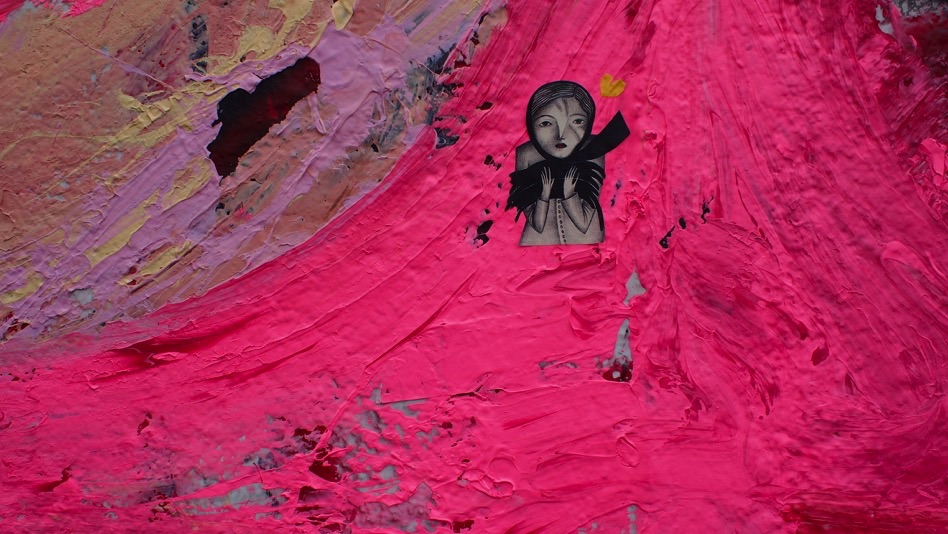Gabrielle Nankivell
History / Lineage
Disclaimer: I operate as if everything is up for grabs. In this way fact and fiction rub shoulders to create hybrid creatures of creativity. I believe in recycling. Re-hashing, re-forming, re-visiting and re-contextualising existing choreography, text and other creative materials I have previously developed. Each new text builds on the history of others, sometimes this also includes incorporating a fragment of text past in something new as a link to the lineage of creative heritage. Text morphs and history grows as I continue to build the bleed between reality and my fictions.
The research notes below are a messy assemblage of fact and fiction – toned-down fantasy and embellished reality. The travels and experiences that fuelled them were undertaken sporadically over 2015/16 and were generously supported by the Keith Bain Choreographic Travel Fellowship. While they may be broad and rambling, my notes speak to ideas around history, lineage, documentation & creative capture and dramaturgical perspectives in contemporary performance. As usual I have discovered far more questions than answers – perhaps this is the perfect end to the beginning of a new creative chapter. History/Lineage is an emerging research project I hope will continue evolving.
Research Notes
At the outset of this project I thought I would try and keep a video journal of my experiences… in the end I abandoned the idea because it just didn’t suit the material. In photos there is a narrative, but space enough that the viewer can fill in the blanks. As material for artistic research, there’s something far more provocative to my imagination in still images and words. My mind has to work to reconstruct the memories around them and in doing so overwrites and morphs them - this speaks a great deal to my practice.
It’s constant adaptation.
It keeps me in dialogue with the material.
It is an open beginning rather than a definitive end.
VIENNA
The Workshop
A striking African-American woman is holding a sign that says, OPPOSING SYSTEMIC AND BLATANT RACISM. Her expression is defiant, her stance strong. She stands opposite a motionless white woman who receives the energy projected toward her and tries to figure out a wordless response. Surely this will result in an expression that silently says, ‘I support you, I too am against racism of any kind’. It looks like a media image from a protest rally, but these women are standing in a dance studio somewhere in the suburbs of Vienna.
Surrounding the standoff are fifteen curious workshop participants. It’s a ‘safe’ environment, so why not just go for it and make things a little uncomfortable.
I watch the face of the woman holding the sign, after a long phase of defiance it slowly softens through flickering resignation before traveling on to subtle sadness. This transformation takes at least five minutes though the way these women hold the space, it would seem the observers have lost track of time.
This confrontation has ensued directly following the same women facing each other with the Canadian woman holding a sign that read, AM I BORING? This elicited a slightly softer, yet similarly defiant expression in response from the African-American woman. In no way did her presence or expression shift toward the Canadian woman in support.
The task is simple. Each person writes something meaningful to him or her on a piece of paper. It can be a word, a few words or a sentence. Holding each other’s gaze they walk from opposite sides of the room to meet, one then holds up the handwritten sign for the other to read. The couple then negotiates the space through their gaze, presence and energy until it is mutually agreed that they have resolved the encounter and can make an exit. Structurally, this seems quite simple but on an experiential level for both performer and audience there is an enormous amount happening to negotiate.
I find myself wondering about the history I bring to my watching in this situation. What unconscious or pre-conceived perceptions shape my interpretation of the scene? I also wonder how my identity, or my understanding of my identity, acts on my view. I am a woman. I am empathetic. I have encountered violence. I have encountered fear. I have a kinesthetic and intellectual understanding of repression. I am not however, either of the women I am observing. I share this position with all the other viewers.
The identity of each of these two women is shaped by different geographical, cultural, racial, political and experiential parameters. The make up of their identities, just like their bodies in this set up, stand in opposition. This was not obvious in the beginning but rather, emerges as time unfolds. We are a room full of artists and this unites aspects of our identity regardless of our backgrounds. Perhaps this is why the border between individual and collective seems to be blurring in this hot, airless, fifth floor studio.
The defiance of the African-American woman contains a sense of aggression or expectation, yet the response of the woman facing her is much more neutral than I would have expected. For a long time empathy is not visible in her presence. She neither moves toward the provocation nor retreats. This static response feels like a wall, a block that then brings about the subtle demise of the woman with the provocative sign.
During the post-task discussion the African-American woman reveals that even though it was agreed beforehand that the order the signs were shown was undefined, she had really wanted to hold up her sign first. She was annoyed on some subversive level that the other woman had gotten in before her. She was further disturbed by the content of the sign and saw the question AM I BORING? as quite a cop out in the context of a research lab on history and violence. She felt strongly that her own statement was global and that it outweighed an introspective personal question in terms of social importance. Therefore she stood behind her choice to not offer support through her presence when faced with the woman posing the question. When another participant commented on how aggressive she had seemed in tackling the task and that somehow this was also a type of violence, the African-American woman countered this by saying that her body, her physicality and her way of being in the room have a natural force. She sees this as a direct manifestation of her identity, which is constructed by her lived experience of being a black, woman within an American system designed in such a way as to perpetuate the racism upon which it was built. There is violence in her history therefore there is a certain forcefulness to her natural state of being.
Although it is popular in theatre to use the term neutral, in reference to body or to expression, it would seem that it is impossible to be a neutral presence. As soon as there is a body in space either the body is performing being a body or, we the audience, are performing making meaning of that body.
In some ways Canadians are known for their neutrality. The Canadian woman spoke about hierarchy and how the two signs in question cannot really compete and should not be in competition. In the case of theatre, anything can be made important by the weight with which it is performed. Further than that, everything is about context and framing.
Standing side by side in the room as ‘neutral’ bodies, these two women begin in entirely different places according to the history that has formed them. Their bodies carry the language of their identity, their history past, present and possibly future. From a semantic point of view the two signs are also completely different in atmosphere. One is a question and one is a statement and each of these demands a different sense of embodiment from a physical and psychological point of view.
Later in the day we create a kind of political police line up. Each participant writes and holds up a sign that connects conceptually or linguistically to the previous one. As they add their body to the line the idea is that the participant embodies the words on the sign they hold. What is written doesn’t have to be true, it can belong to the actor’s personal history or not. It is an exercise in empathy, cultivating presence in such a way that the audience will take the idea on board and have a reaction. One sign reads, WHAT IS VIOLENCE? The sign that follows reads, WHAT HURTS MORE IS NOT THE HIT BUT THE FEAR THAT IT CREATED. I watch the subtle shifts in performer’s presence and believe this to be true.

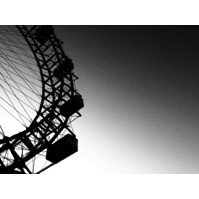
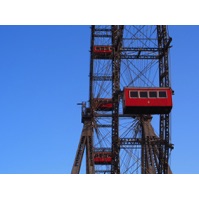
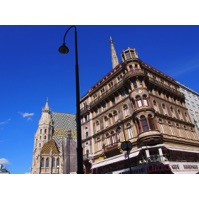

All contents of this website are © Gabrielle Nankivell 2021
MUNICH
I already knew this, but when I met you I was able to begin again
Experiencing something for the first time or in a way that it feels like a first time generates authenticity and an embodied connection. One of the most difficult things about doing is being able to un-do what you already know. Is it possible to use language or perform an action we know without recognising what it is as we perform it? If we find a way to un-do or un-know, what does this offer our facility for creating material?
Today you proposed we work purely with the space between our bones, a proximity where there is always space. Bone and bone cannot touch directly or this is most likely an injury!
From the outside I imagine I must appear to be moving in an abstract way. I fold and unfold my limbs like someone measuring herself, unsure of how I am formed or how I should function. It momentarily strikes me that I am annoyed by my anatomy. I observe my habits, but beyond these, I feel like I must have moved my limbs in every possible direction and every possible configuration many times before. I am repeating myself.
You then propose we consider the space between our joints to be outside of our body, moving from an internal to an external perspective. My actions become bigger and more open. They take more space. Habits arise, I recognize this and then move on.
Finally you propose we think of the space between our joints as having a kind of texture and that this texture can morph. I twist and listen and respond.
I have done all this before. I have been teaching a version of this work myself for around a decade. But today, I experienced this as if it were the first time. Is this because you proposed it instead of me? Perhaps the language I use to propose it to others sets my mind-body connection in a particular way.
Today I continue to practice my process. I imagine your voice instructing the score. New spaces emerge and I find myself moving toward them. It is refreshing to see what is mine is also yours.
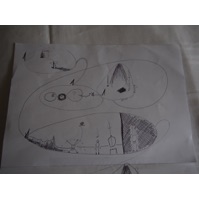
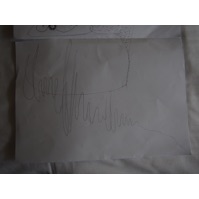
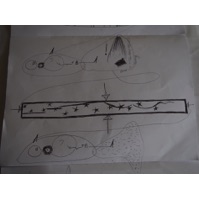
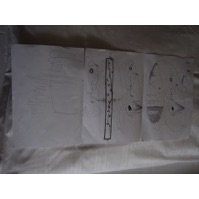
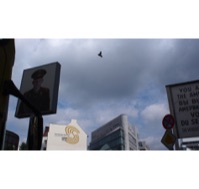
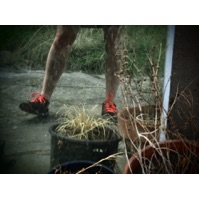
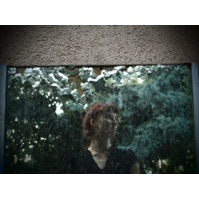
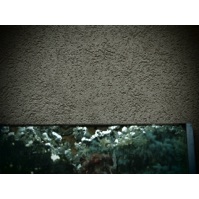
BERLIN
Guy Cools + Lin Snelling – Rewriting Distance Workshop – Tanzfabrik Berlin.
26 July 2016
The witness
The witness (or performer as witness), by the presence of their active watching, shows the audience where to direct their focus. It’s an interesting role because it is similar to that of the audience, but with one extra layer. The audience looks through them.
The witness position in Lin & Guy’s score seems to reflect the role of the dramaturg in the studio. The dramturg is always working in relation to the work by proximity or distance. They can be close to the work or far, or in the case of Lin and Guy’s witness/dramaturg, in (practicing the score). Their perception is as much in the body as it is in the mind. The different proximities to the work offer unique insights to the perception.
Practicing the score
The game is clear, yet unclear as it unravels.
It lands on me that there are a few different timelines running – the collective looping of information that is a) orchestrated or b) arrived at with surprise. There is a larger timeline, which belongs to those ensconced in the game. Then there is the smaller line of each individual body in the room. These microcosms are equally recognisable and impenetrable. The ten of us are like an enclosed solar system – regularly bumped into new orbits by the evolution of our own making. There is another timeline at play and this one is much older – stretching back through the eternity of each existence. The embroidery of that language feels a bit deliberately poetic and forced. Much like moments that creep into the score. Or could just be a decent representation of the treacherous territory of attempting to engage. Like a cat practicing parkour from balcony to balcony.
27 July 2016
How to place the solitary in the collective or communal space?
How to place the collective or the communal in the solitary experience?
Walking
The practice of walking
Today we walked – observing & collecting the rhythms of the urban landscape - solitary islands floating through the tumble and flow of Kreuzberg mid-morning. We returned to the studio and revisited the experience through moving and writing.
Today I find a dilemma – the contrast of being super wild and active out in the world and then feeling as though these actions (and energy) seem very conspicuous, aggressive or inappropriate in the studio. There is something about the social code of group practice, and this code is always subtly changing in relation to the people and the place. The framing of a particular practice, the desires of participants (and sometimes the stage of experience – as different stages seem to elicit different desires in terms of movement interests) the history/lineage of dancing/society in the place where the practice takes place…
Here, inside, the room it is mostly a slow, calm space. Can I neutralise the effect of virtuosity without actually reducing it?
A written response to the group score
I saw a picture recently of a rabbit inside a stack of pancakes with a bemused, perhaps a bit sceptical cat sitting on a chair witnessing the whole absurd situation. Today I could be that cat. Cats are attentive and affectionate sometimes, other times they don’t give a shit.
I spent the day playing with ghosts – like those photos that look like the cat is pushing a phantom lawnmower. I’ve been restrained by something I’ve built about what might be aggressive. I’ve been doing boring and being bored by it. In my mind I’ve been tracing those kind of stories where you imagine the cynical, acerbic thing you are going to spew at an ex-lover in an argument – but don’t. All while standing still and raising an arm staring meaningfully in the middle distance.
It was nice to be invisible – the humorous irony being that attempting invisibility only made me hyper visible (while trying to hide myself inside a paper construction during the group improv, the whole thing came crashing down and I was ridiculously, brutally exposed in true show-stopping style). Guy had spoken about the concept of controlled poisoning this morning and somehow it seemed to have seeped in.
28 July 2016
What is the dramaturgical perspective?
Is it the interest in the distance?
The distance between performer, witness and audience…
Is it the deconstruction and reconstruction of the information in a loop that includes all the distances as a cycle?
Lin and Guy talk about the act of revisiting. Within this concept the practice becomes a home. They (and the long-term participants) can follow threads over time; this is the natural evolution of the work. They choose not to video, only photograph. The distance in that choice becomes the lens. How far or close to your memories are you? In photos there is a narrative but space enough for the audience to fill in the blanks.
On reflection of the score in four
It’s a jolly circus is old London town. Parked between a rock and a hard place are the broken remnants of a body flung from the fourth floor. The recovery team had to catch the elevator four floors up in order to see the pathway of air through which it fell.
Hairless couples with lumps and bumps watch the horny snail on a hairy chair. It fidgets and turns and turns and turns – because it’s a Turner and we don’t need another hero in this Thunder dome.
And where is Freud in all this? Well, he went to have a rest because he’d punched a shark and his knee was still sore from the effort.
Some days the words don’t string together well. The energy of the body has stolen the imagination – breeding movement rather than words.
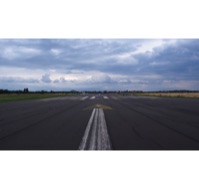
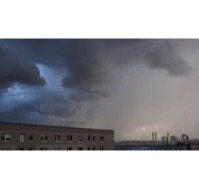
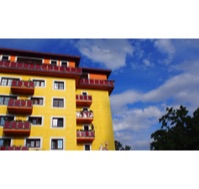

BARCELONA
Tracing history. Revisiting places, practices and people. What changes? What stays the same? I’m making history at the same time as I’m erasing it. I’m finding my home in this thing that is my practice. This tuning is an absorbing and affecting walk through time. Distance has become a lens with which to view my history as it is being created – the distance from where I’ve been and the distance to where I’m headed.
The poet is simply a maker and the dancer is a poet. Creativity is already here. The composition occurs from within when we listen, when we stand on the same ground.
I paraphrase but my sense of it is Julyen Hamilton gets to the guts of it from the get go. It is more than a decade since I stood in the same studio as this man. I remember something vague about how it feels to be in this room. ‘This room’ being a room from somewhere else but not so different to the one in which we stand today. I feel time bringing the pieces together. In retracing history I am re-writing it. Many things have been written on the constituent parts in the interim. Everything is a moving target because the history is not parallel or linear.
Thinking versus thought in dance and dancing. The kinesthetic imagination.
Thinking is being in action. Thought is the action in the future or the past. My imagination is in overdrive. I am recovering the things that are there – the images. At the same time I am receiving what is not there – the fantasy. To perceive movement is to imagine.
History. I’m trying to be interested in the things I’ve missed or not given attention to in the past. Getting involved in order to see all that is there – the in-between bits, the complete picture – practicing with the mind AND body rather than fixating on the mind. The lineage is important. It’s a support. It’s always there. The lineage is also in the medium – writing and dancing become the same material.
I went looking for my history and found my connection to lineage.
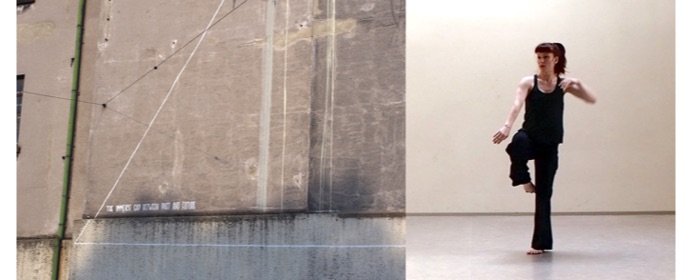
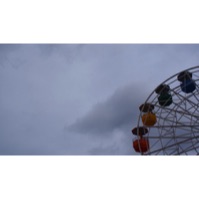
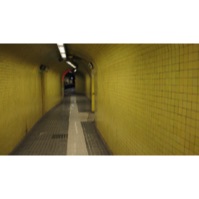
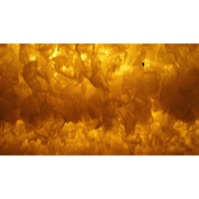
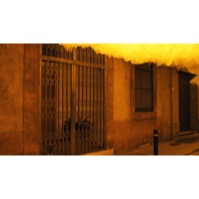
Some References
Hamilton, J 2016, ‘Making Dances – compositional and poetic richness’ (professional workshop), La Caldera, Barcelona
Hauert, T 2016, ‘Mono Duos/Pushing and Shoving’ (professional workshop), La Caldera, Barcelona
Ölme, R 2015, ‘Generative Choreography’ (professional workshop), Tanzwerkstatt Europa Festival, Munich
Riera, P 2015, ‘History and Violence’ (professional workshop), Impulstanz Festival, Vienna
